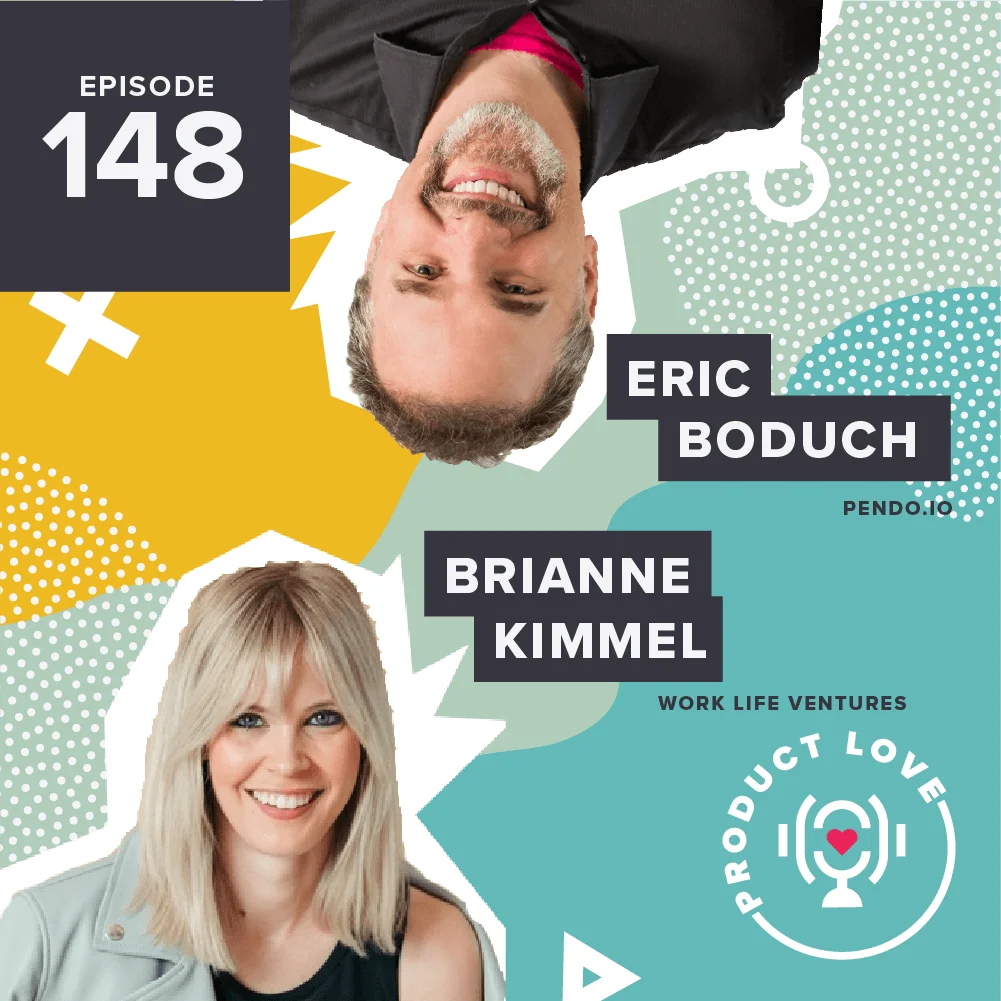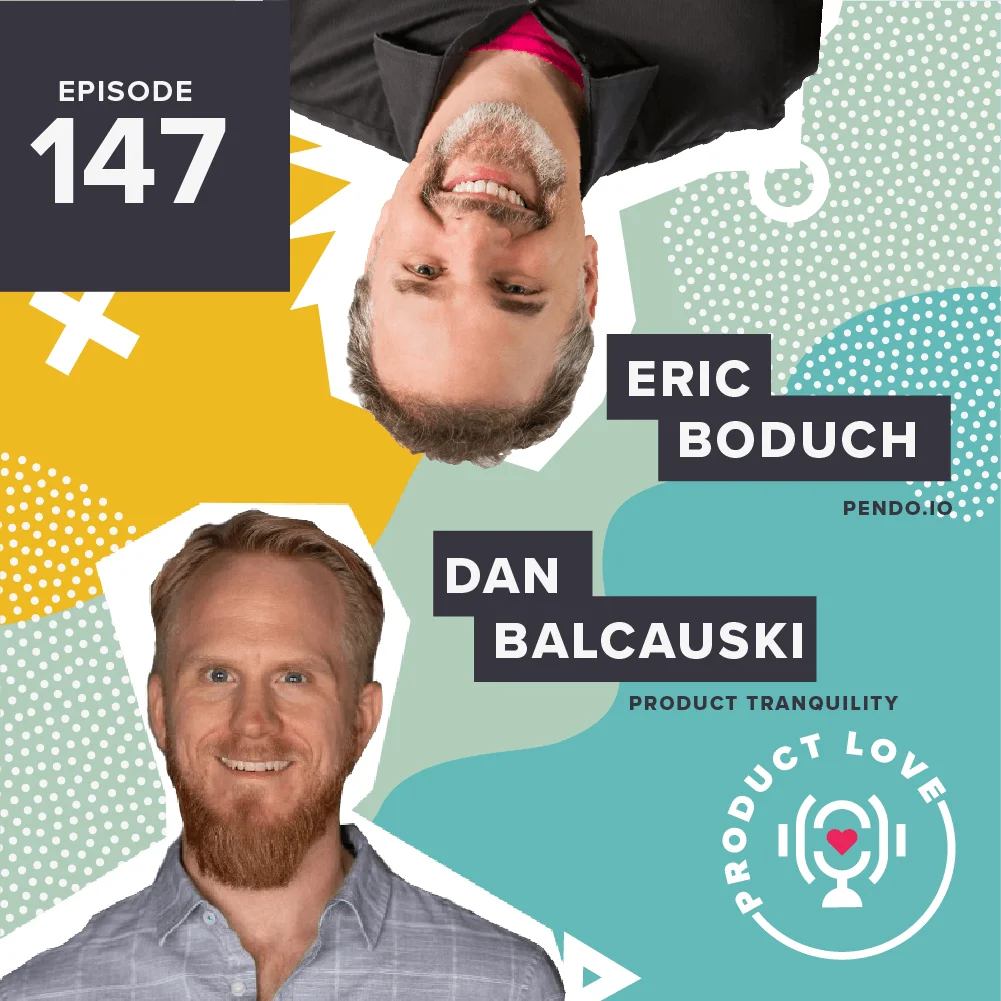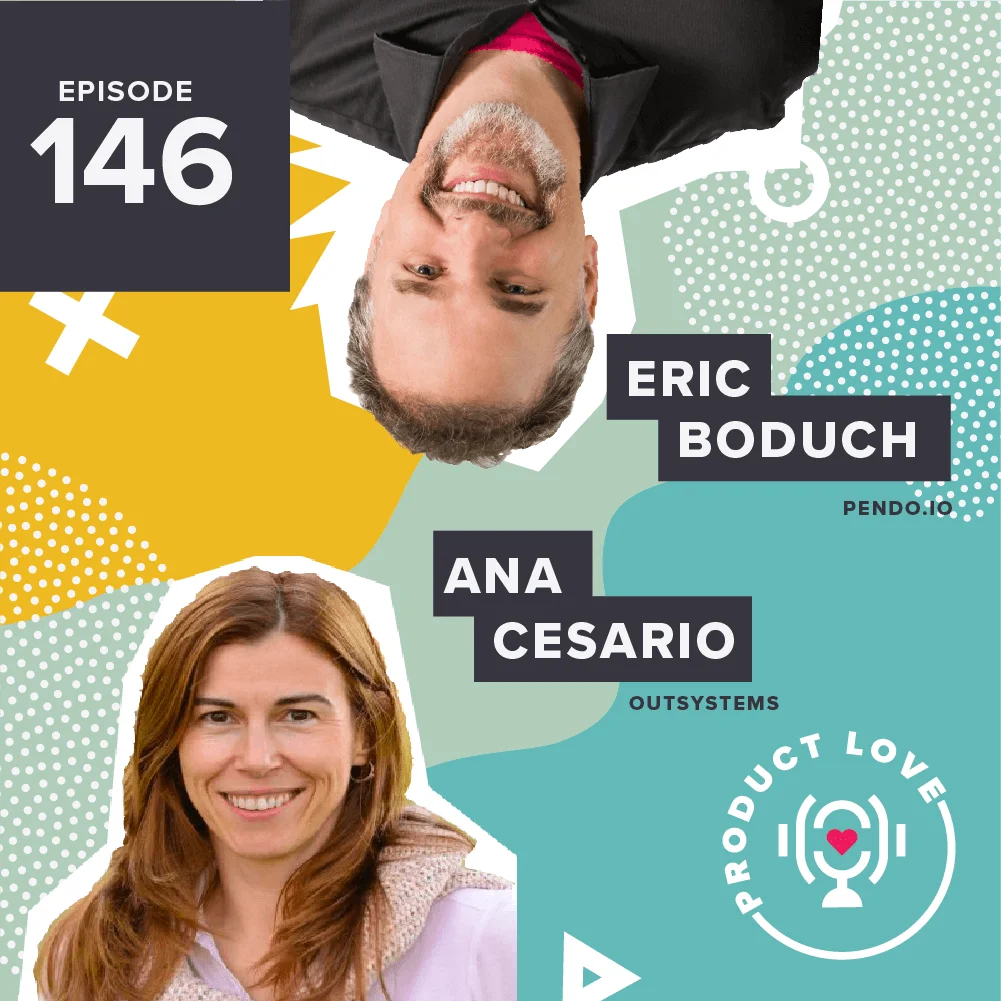This week on Product Love, I sat down with Justin Dilley, the VP of product at Fullstory, a digital experience analytics platform. Prior to joining Fullstory, Justin worked in product management at Home Depot and Amazon. He also holds an MBA from Northwestern University’s prestigious Kellogg School of Management.
So, how did he get into the PM field?
Like most product managers, he fell into the career. But he firmly believes that he would have ended up in it eventually, given his strong passion for technology, building products, and how those two areas intersect.
In this week’s episode, we talked about breaking into product management, what the craft was like at Home Depot, and when it’s time to sunset parts of the product. The entire episode is full of gems for junior and senior PMs alike, so take a listen.
Breaking into product management
People often ask Justin about breaking into product management. He says the answer is a bit clearer these days. There are a number of associate product manager programs and certifications one can apply to. And there’s even a Master’s in PM program at Carnegie Mellon University.
But if you don’t fit the qualifications for any of those, then we both actually suggest joining a high-growth startup. It doesn’t necessarily need to be a product management position. In fact, Justin asks you to think about what your “bridge role” would be instead. The concept of a bridge role is to broaden your experience and learn how product works from a different angle. For example, your bridge role could get you closer to customers or to the product development process.
Product management at Home Depot
At Home Depot, Justin was fascinated by the offline and online product experiences. While Home Depot had already made strong investments in digital transformation, they still doubled down on building well-designed customer experiences. For e-commerce businesses, one might think that buying online and picking up offline isn’t a big deal. However, it’s actually a new kind of user journey. How do you make that a seamless end-to-end experience for the customer?
During his time there, he learned that the most active users on the Home Depot app were actually already in-store when they interacted via mobile. So they set out to expand capabilities and functionalities in the store and reframe the app as an in-store tool. They helped customers navigate these stories through the mobile app, which increased customer satisfaction.
Sunsetting the product
Justin tweeted something very interesting — product managers often pour their energy into new features and capabilities, but they don’t typically pour that same energy into removing underused aspects of the product. Product teams tend to fall into the trap of creating a lot of unnecessary complexity within their products without ever “cleaning house.”
Here’s how to combat that. Justin suggests establishing a set of success criteria, then measuring the efficacy of that product against that set. Another approach is to establish metrics around when it’s okay to walk away. There’s a natural tendency to hang onto things you’ve shipped out to customers. But it’s good to set conditions within your team, ones that everyone can align to, that outline when it’s acceptable to remove a feature or capability. Create a set of anti-success metrics. Ask your team: under what scenario is it to acceptable remove something?
If you want to learn more about what it’s like to work in product management at Amazon or about his experience as a mobile product manager, check out the episode above.




